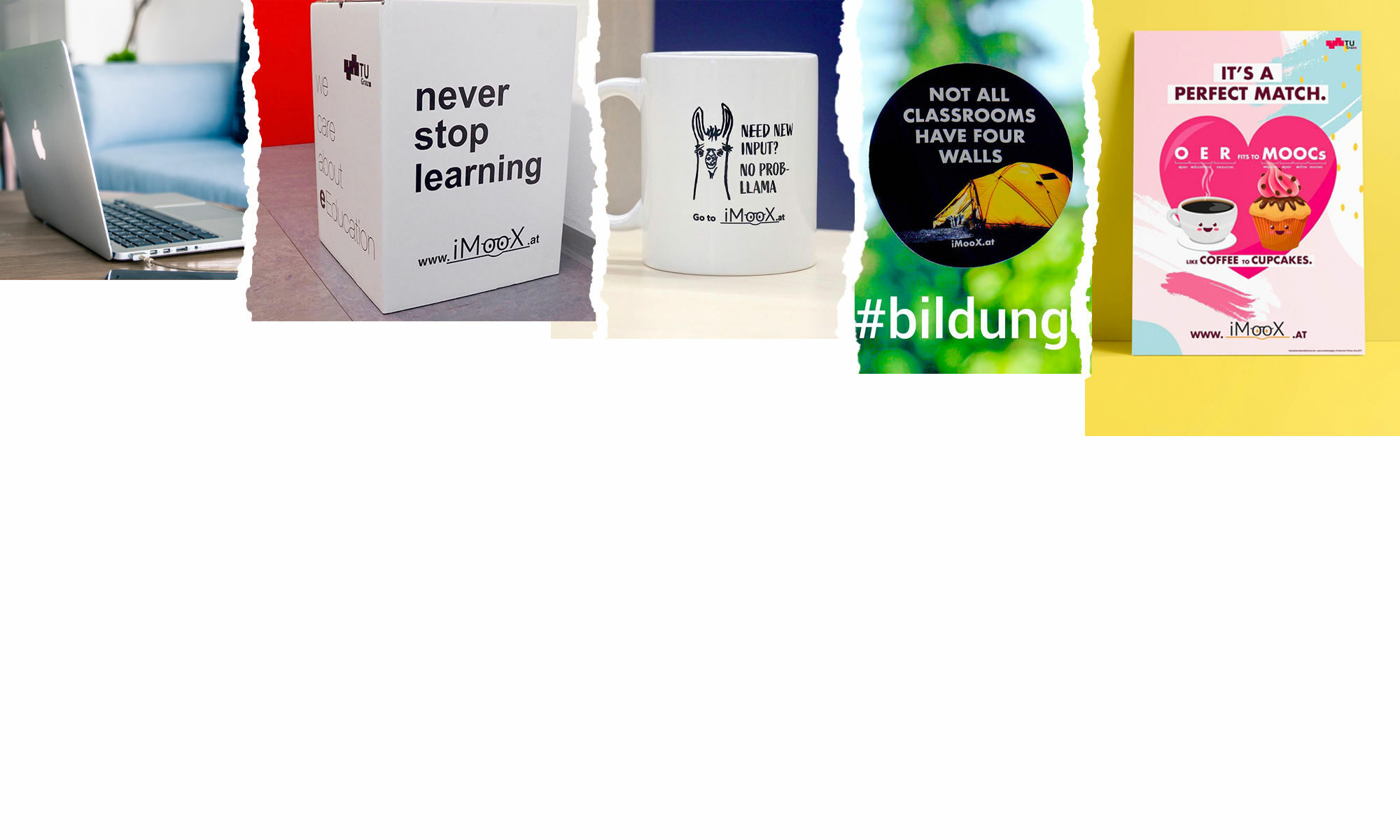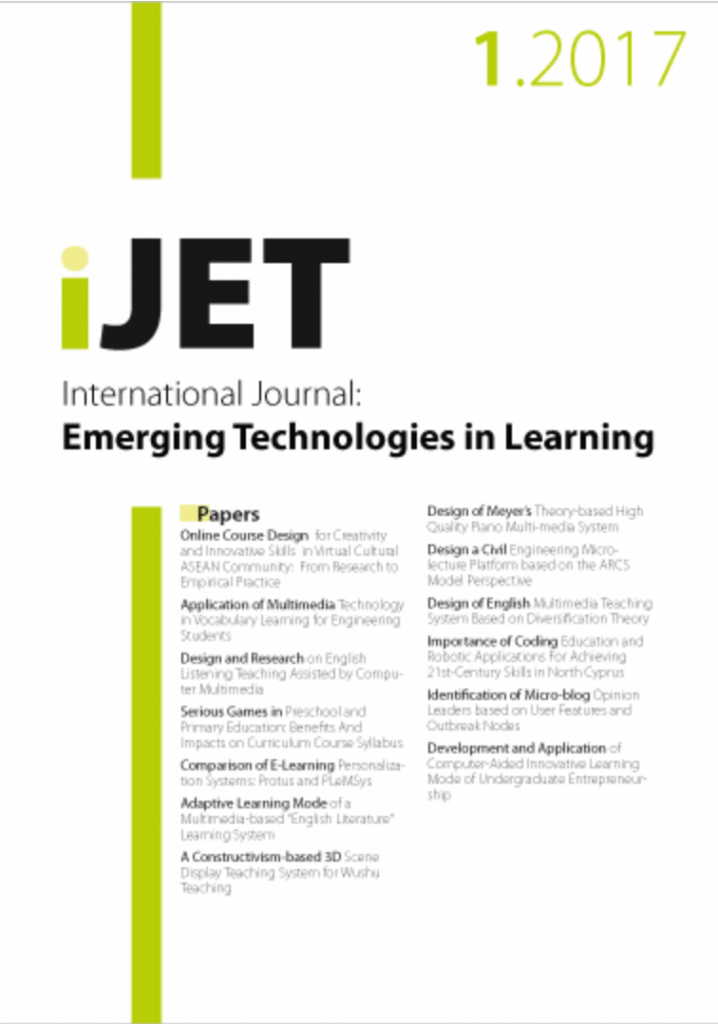We did a contribution titled „Learning Analytics and Spelling Acquisition in German – The Path to Individualization in Learning“ for this year HCII conference.
Abstract:
Abstract of the publication
This paper shows how Learning Analytic Methods are combined with German orthography in the IDeRBlog-project (www.iderblog.eu). After a short introduction to the core of the platform – the intelligent dictionary – we focus on the presentation and evaluation of a new training format. The aim of this format is, that pupils can train misspelled words individually in a motivating and didactic meaningful setting. As a usability test was run with twenty one third graders, we are able to present the results of this evaluation.
[full article @ publisher’s webpage]
[draft @ researchgate]
Reference: Ebner M., Edtstadler K., Ebner M. (2020) Learning Analytics and Spelling Acquisition in German – The Path to Individualization in Learning. In: Zaphiris P., Ioannou A. (eds) Learning and Collaboration Technologies. Designing, Developing and Deploying Learning Experiences. HCII 2020. Lecture Notes in Computer Science, vol 12205. Springer, Cham. pp. 317-325.


 Mit Melanie Stilz und Sandra Schön durfte ich im neuen Buch von Martin Rothland & Simone Herrlinger einen Beitrag zur Maker Education und LehrerInnenbildung zusteuern.
Mit Melanie Stilz und Sandra Schön durfte ich im neuen Buch von Martin Rothland & Simone Herrlinger einen Beitrag zur Maker Education und LehrerInnenbildung zusteuern.
